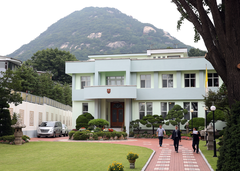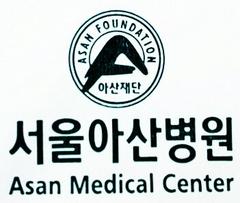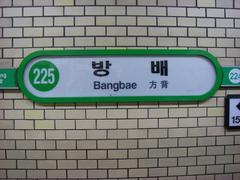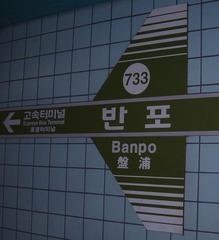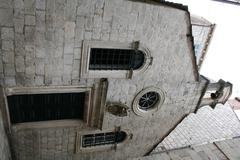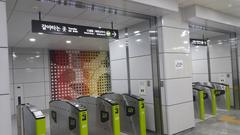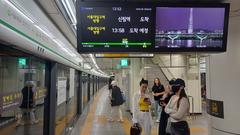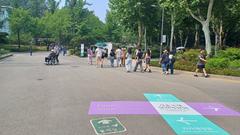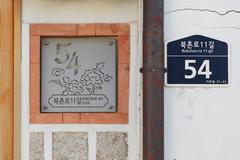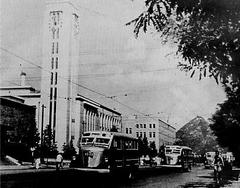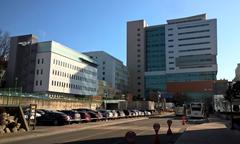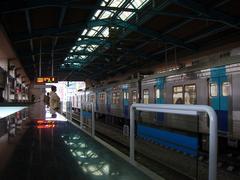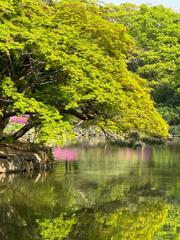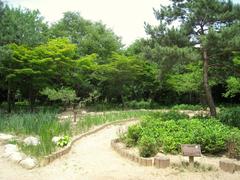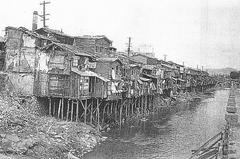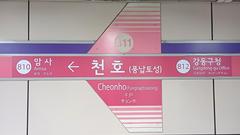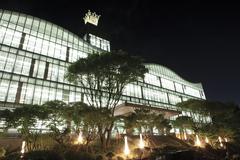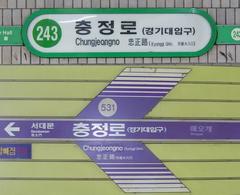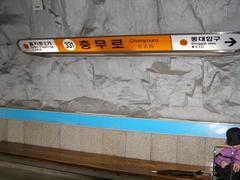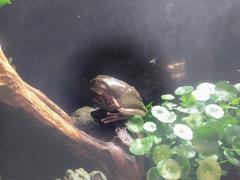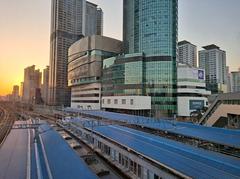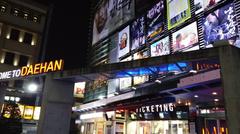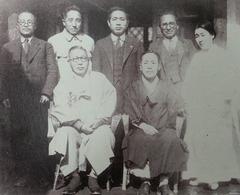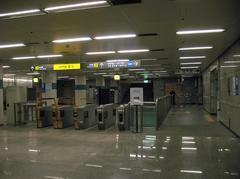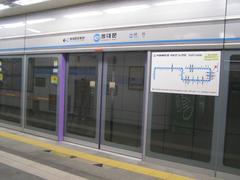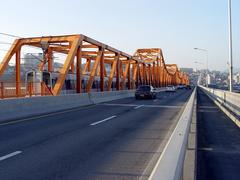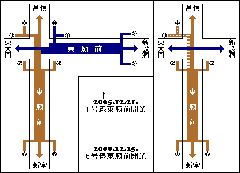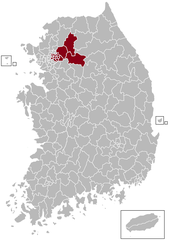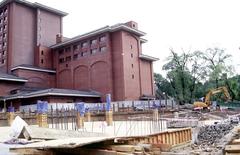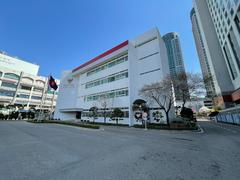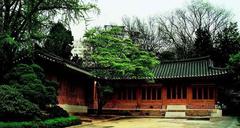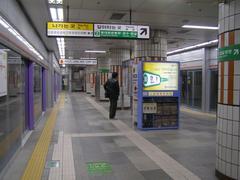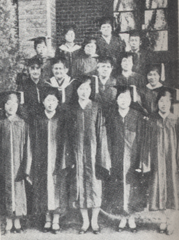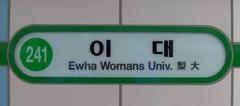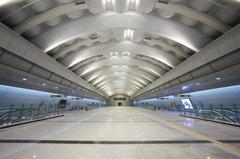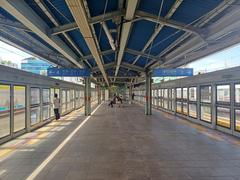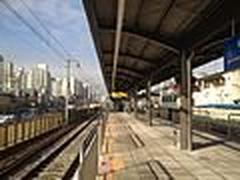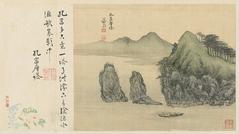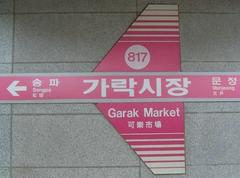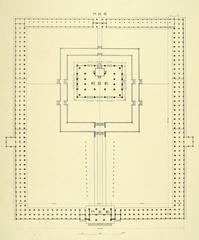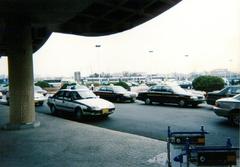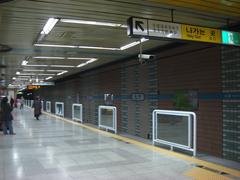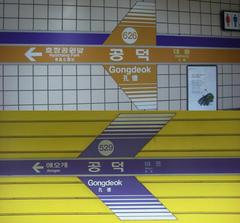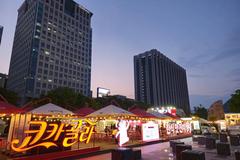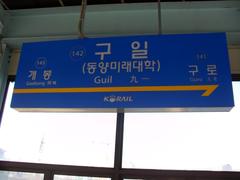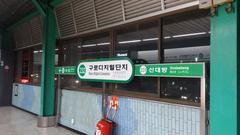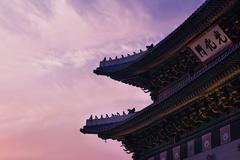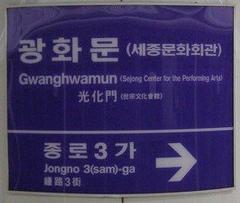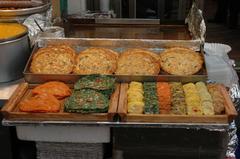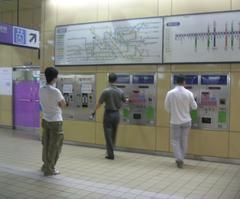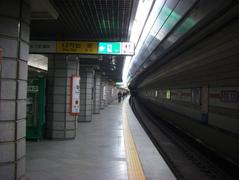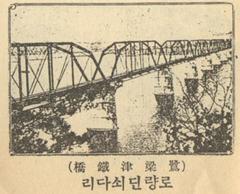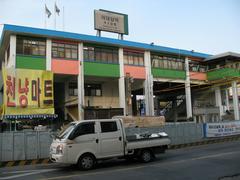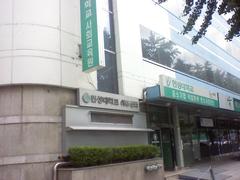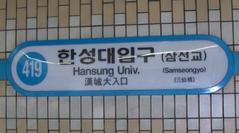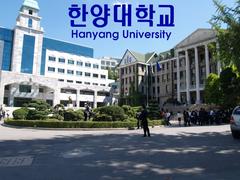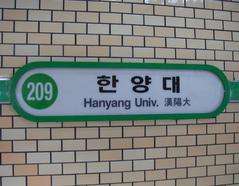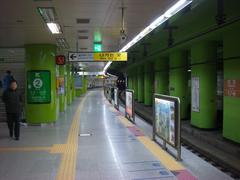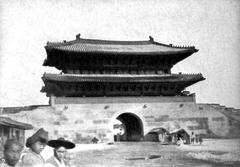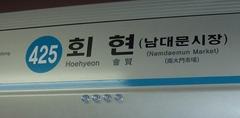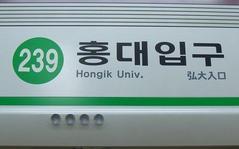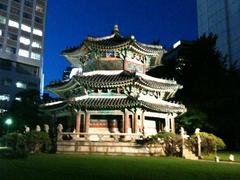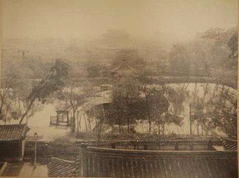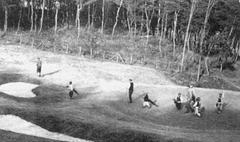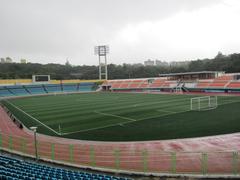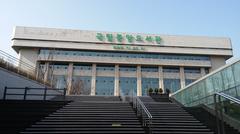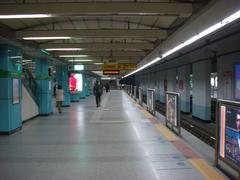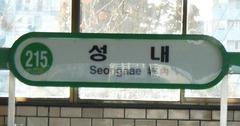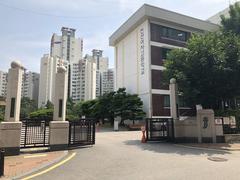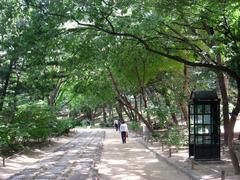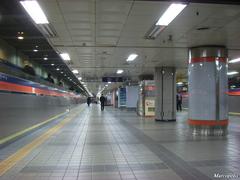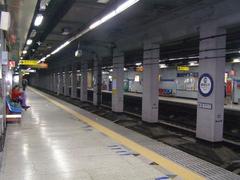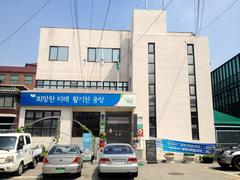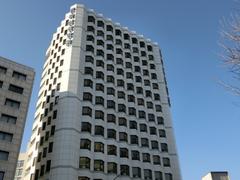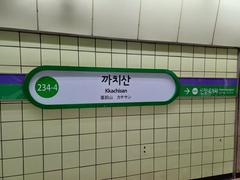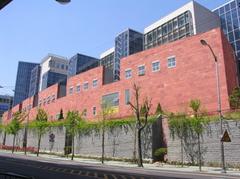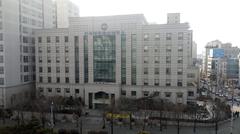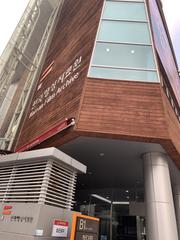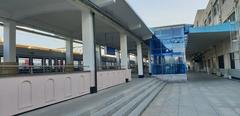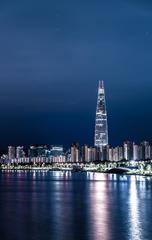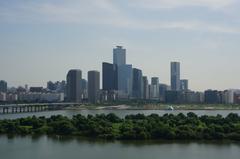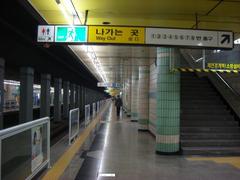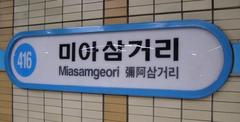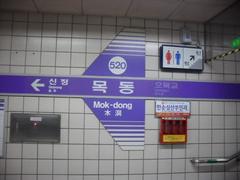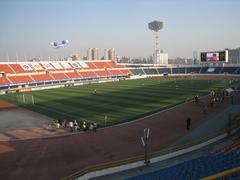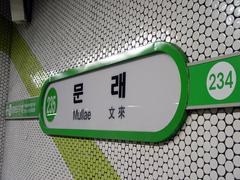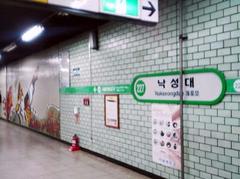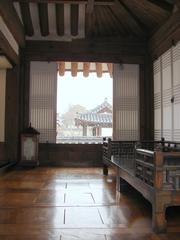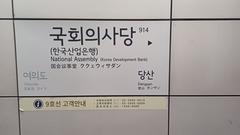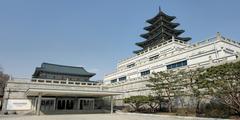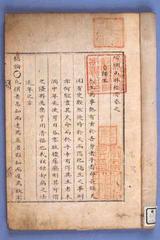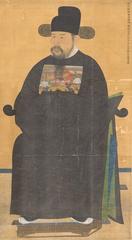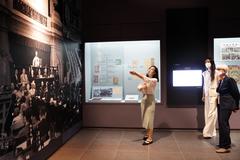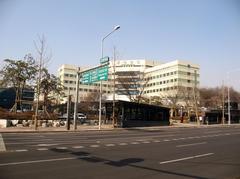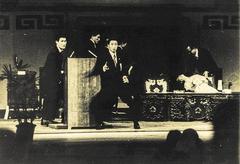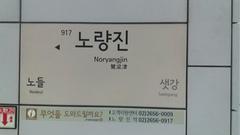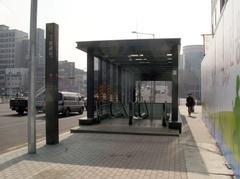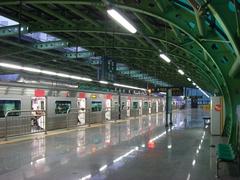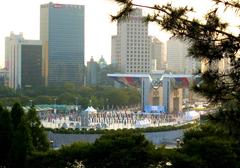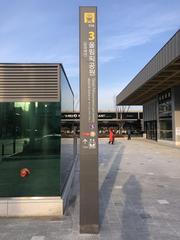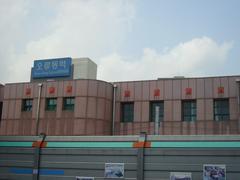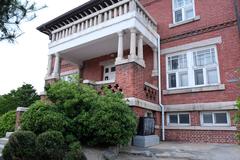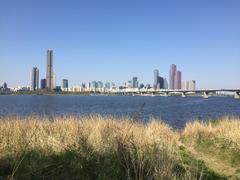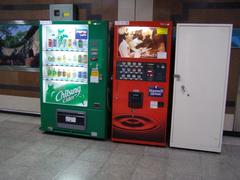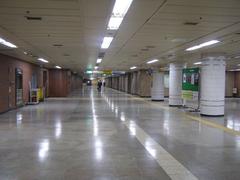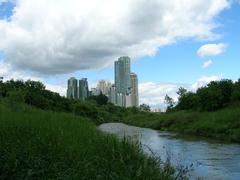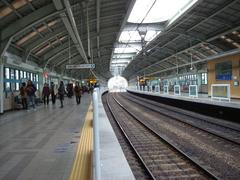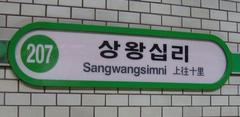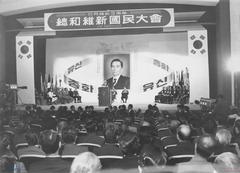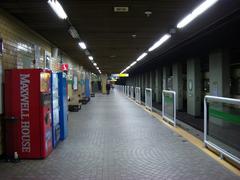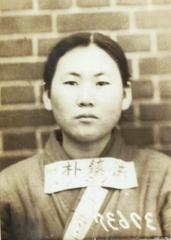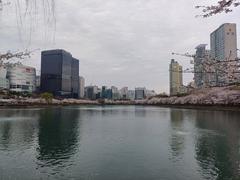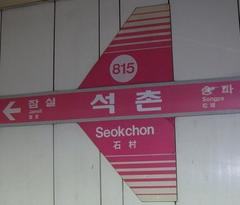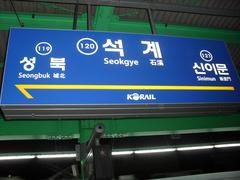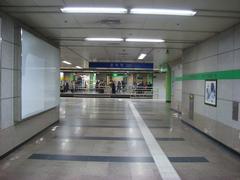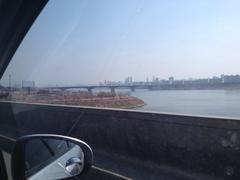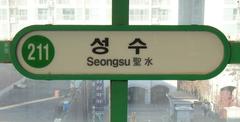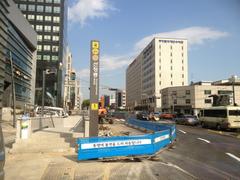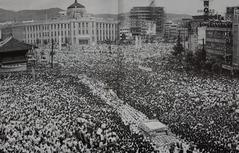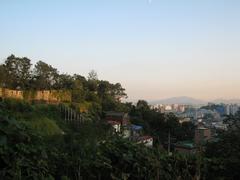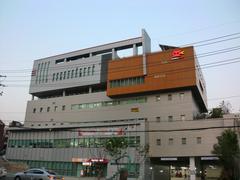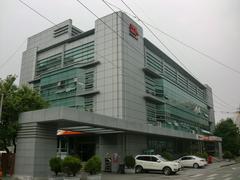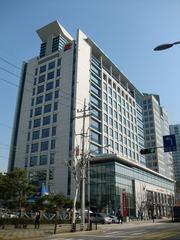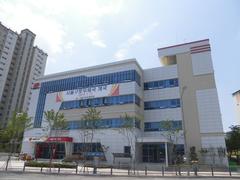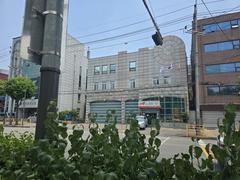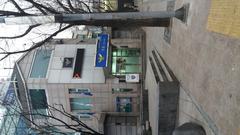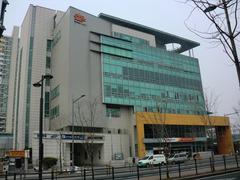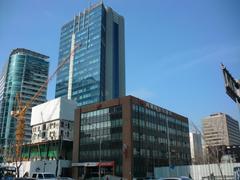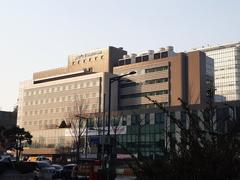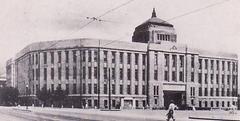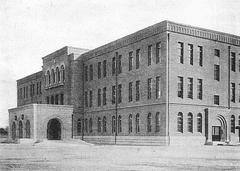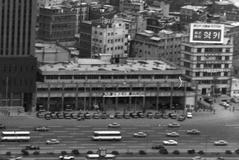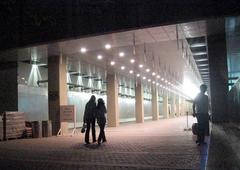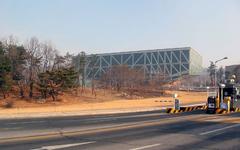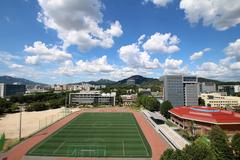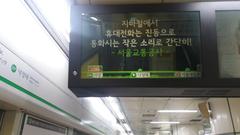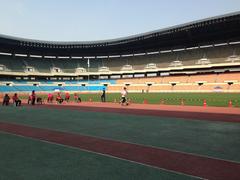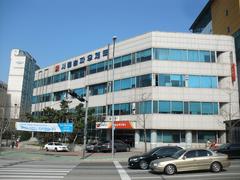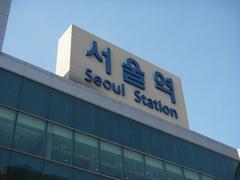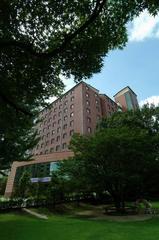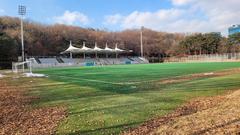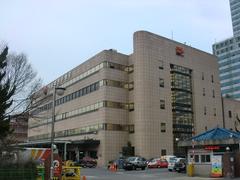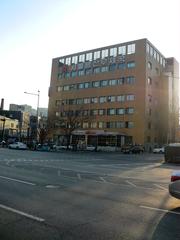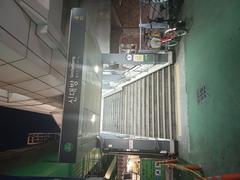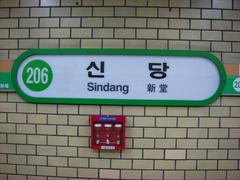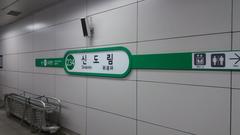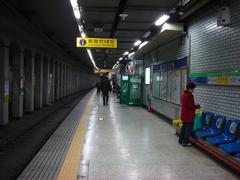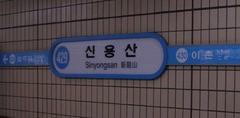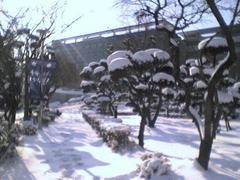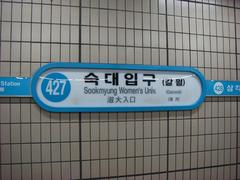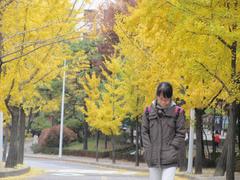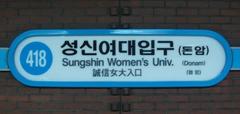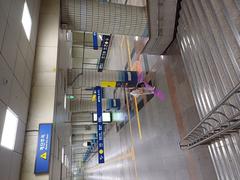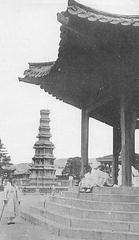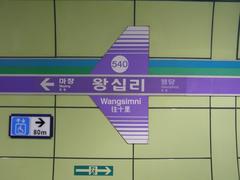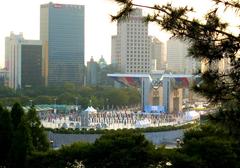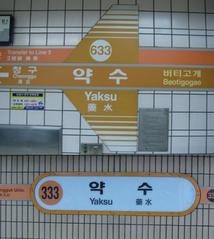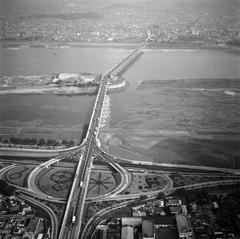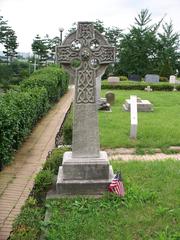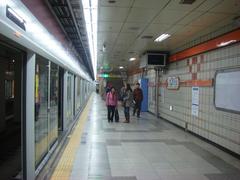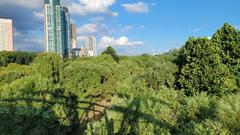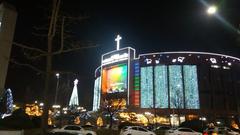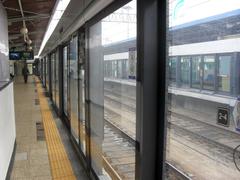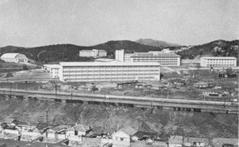Visiting Namsan Outdoor Botanical Garden: Hours, Tickets, and Tips
Date: 19/07/2024
Introduction
Nestled in the vibrant heart of Seoul, South Korea, the Namsan Outdoor Botanical Garden stands as a verdant sanctuary, intertwining the city’s rich historical tapestry with its commitment to ecological preservation. Established during the early 20th century, this botanical garden has evolved from a military reserve into a symbol of resilience and cultural heritage. As part of the expansive Namsan Park, the garden offers a tranquil retreat from the bustling urban landscape, providing visitors with a unique blend of natural beauty and historical significance (Visit Seoul). Whether you are a nature enthusiast, a history buff, or simply seeking a peaceful escape, the Namsan Outdoor Botanical Garden promises an enriching experience that spans over a century of Seoul’s dynamic evolution.
Table of Contents
- Introduction
- History of Namsan Outdoor Botanical Garden
- Visitor Information
- Special Events and Guided Tours
- Photographic Spots
- Preservation Efforts
- Future Prospects
- FAQ
- Conclusion and Call to Action
Namsan Outdoor Botanical Garden - Visiting Hours, Tickets, and Historical Insights
History of Namsan Outdoor Botanical Garden
Origins and Establishment
The Namsan Outdoor Botanical Garden, located in the heart of Seoul, South Korea, has a rich history dating back to the early 20th century. Established in 1910 during the Japanese colonial period, the garden was initially a military reserve but later transformed into a public park to provide green space for the city’s residents.
Development Through the Decades
Japanese Colonial Period (1910-1945)
During Japanese colonial rule, Namsan Park underwent significant changes, including landscaping projects and the introduction of exotic plant species to reflect Japanese aesthetics. The Namsan Cable Car, built in 1962, provided easier access to the park and its botanical garden.
Post-Liberation Era (1945-1960s)
After Korea’s liberation in 1945, Namsan Park and its botanical garden became symbols of national pride. Efforts were made to restore the park’s original Korean identity by removing Japanese influences and reintroducing native plant species.
Modernization and Expansion (1970s-Present)
Urban Green Space Initiative (1970s-1980s)
In response to rapid urbanization, the Seoul Metropolitan Government launched initiatives to expand and modernize Namsan Park, including the botanical garden. New walking trails, observation decks, and educational facilities were constructed, and the collection of plant species was expanded.
Conservation and Education (1990s-Present)
The focus of the garden has shifted towards conservation and education, serving as a living museum with over 1,500 plant species. Educational programs and guided tours raise awareness about plant conservation and environmental sustainability.
Cultural and Historical Significance
Symbol of Resilience
The Namsan Outdoor Botanical Garden symbolizes Seoul’s resilience and adaptability. From its origins as a military reserve to its current status as a beloved public garden, it reflects the city’s journey through history.
Architectural Heritage
The garden is home to historical structures like the Namsan Octagonal Pavilion, offering panoramic views of Seoul. This traditional Korean pavilion is a popular spot for visitors to relax and enjoy the garden’s natural beauty.
Key Historical Events
1988 Seoul Olympics
The 1988 Seoul Olympics led to extensive renovations in the garden, introducing new plant species and upgrading facilities to accommodate tourists. The garden showcased Korea’s natural beauty to the world.
2002 FIFA World Cup
The 2002 FIFA World Cup brought global attention to the garden, featuring it in promotional materials and organizing special events that attracted international visitors.
Visitor Information
Visiting Hours and Tickets
The Namsan Outdoor Botanical Garden is open daily from 9:00 AM to 6:00 PM. Admission is free, but certain special exhibitions or events may require a ticket. For the latest information, check the official website.
Travel Tips
The garden is easily accessible by public transport, including the Namsan Cable Car and several bus lines. Wear comfortable walking shoes as the garden’s trails are extensive.
Nearby Attractions
Consider exploring nearby attractions such as N Seoul Tower, Myeongdong Shopping Street, and the War Memorial of Korea, offering a diverse range of experiences.
Accessibility
The garden is equipped with facilities to accommodate visitors with disabilities, including wheelchair-accessible paths and restrooms. Contact the visitor center for specific accessibility information.
Special Events and Guided Tours
The garden hosts various special events, including seasonal flower shows and environmental awareness campaigns. Guided tours offer in-depth insights into the garden’s plant species and historical significance.
Photographic Spots
Photography enthusiasts can capture stunning images at spots like the Namsan Octagonal Pavilion, cherry blossom paths in spring, and vibrant autumn foliage.
Preservation Efforts
Environmental Conservation
The Seoul Metropolitan Government implements conservation programs to protect the garden’s diverse plant species and maintain ecological balance.
Community Involvement
Local residents and volunteers participate in gardening activities, educational programs, and conservation projects, fostering community engagement and promoting sustainable practices.
Future Prospects
Technological Integration
Plans are underway to develop a mobile app providing information about the garden’s plant species, walking trails, and historical landmarks, featuring augmented reality (AR) elements.
Global Collaboration
The garden collaborates with botanical institutions worldwide, exchanging knowledge, research, and plant specimens to enhance conservation and education efforts.
FAQ
What are the visiting hours? The garden is open daily from 9:00 AM to 6:00 PM.
Is there an admission fee? Admission is free, but certain special exhibitions or events may require a ticket.
How can I get to the garden? The Namsan Cable Car and several bus lines provide access to the garden.
Are guided tours available? Yes, guided tours offer in-depth insights into the garden’s plant species and history.
Conclusion and Call to Action
The Namsan Outdoor Botanical Garden is not just a green space but a living testament to Seoul’s resilience and cultural heritage. From its origins as a military reserve to its current status as a beloved public garden, it encapsulates the city’s journey through turbulent times and its commitment to preserving natural beauty. Visitors are encouraged to explore its scenic paths, participate in guided tours, and engage in community events, ensuring the garden remains a vibrant part of Seoul’s urban fabric. For more information and updates, consider following the garden on social media or visiting the official website.
References
- Namsan Outdoor Botanical Garden - Visiting Hours, Tickets, and Historical Insights. Retrieved from Visit Seoul
- Visiting the Namsan Outdoor Botanical Garden - History, Tickets, and Tips. Retrieved from Seoul Metropolitan Government
- Visitor’s Guide to Namsan Outdoor Botanical Garden - Hours, Tickets, and Tips. Retrieved from Visit Seoul
